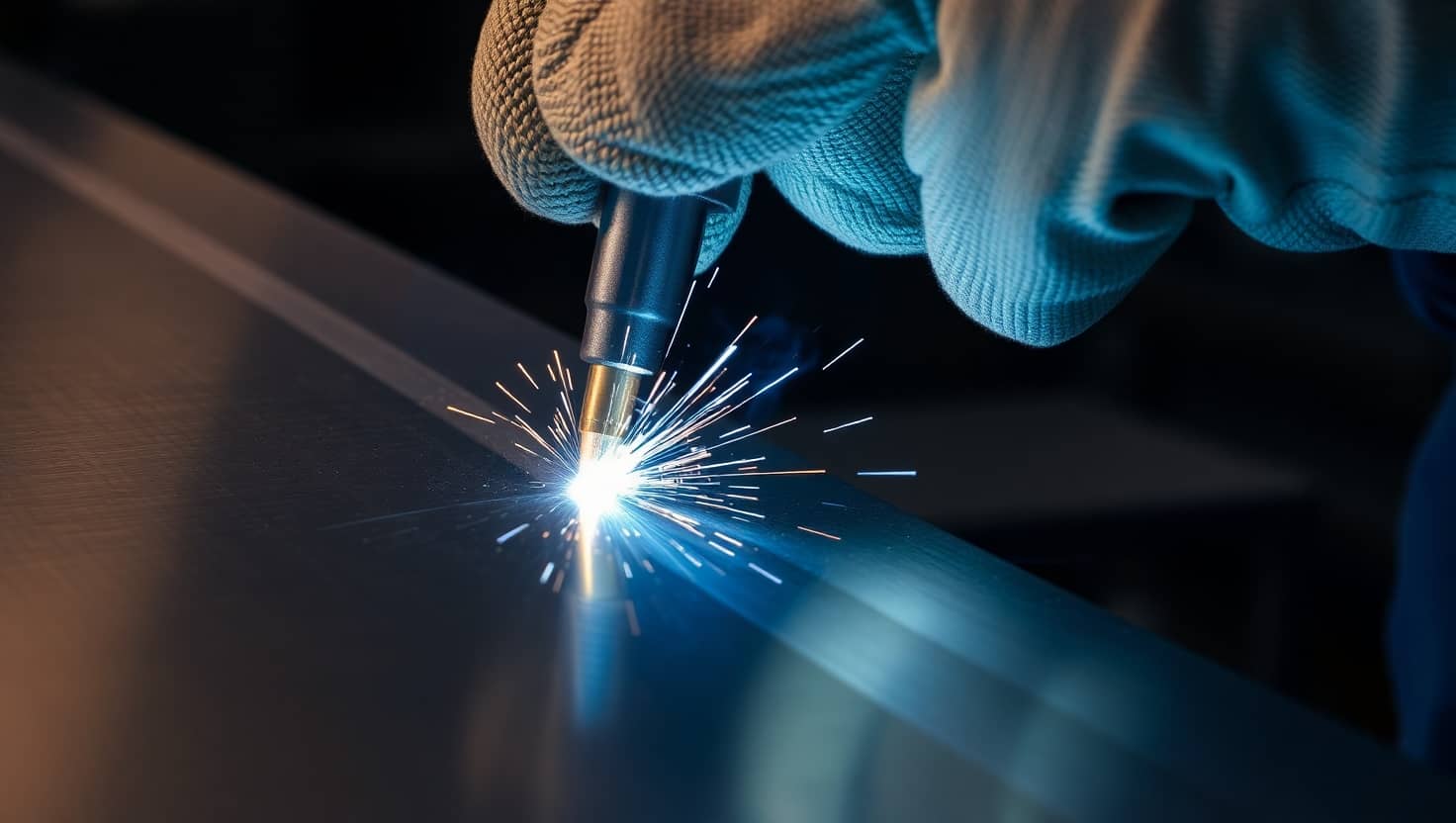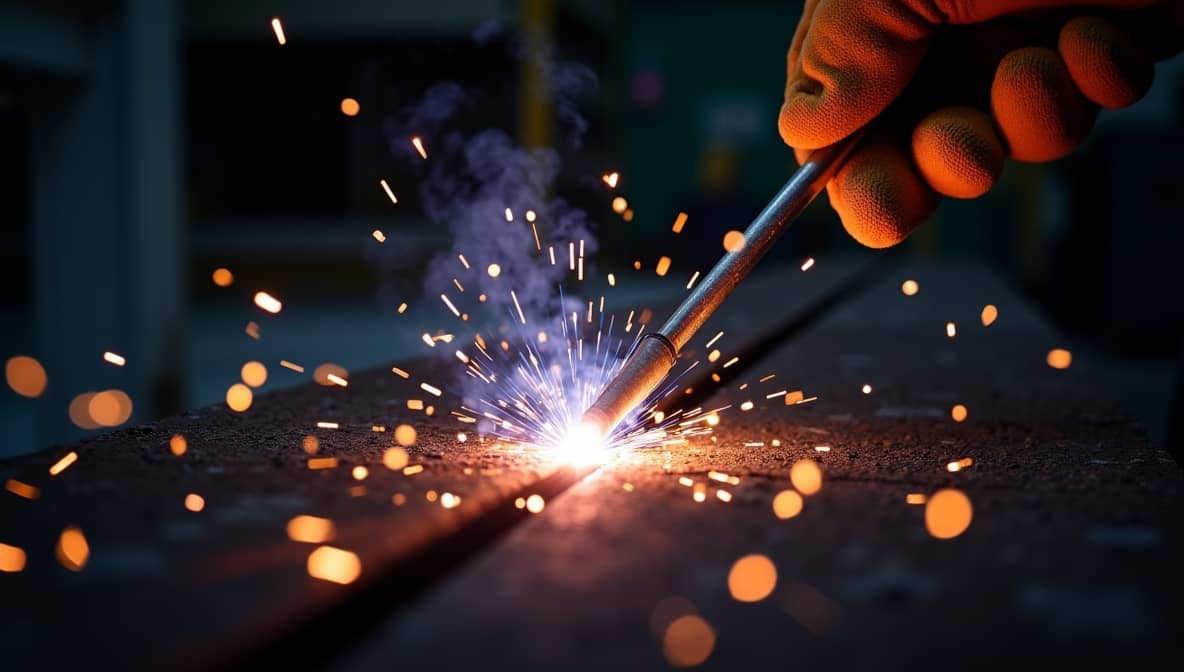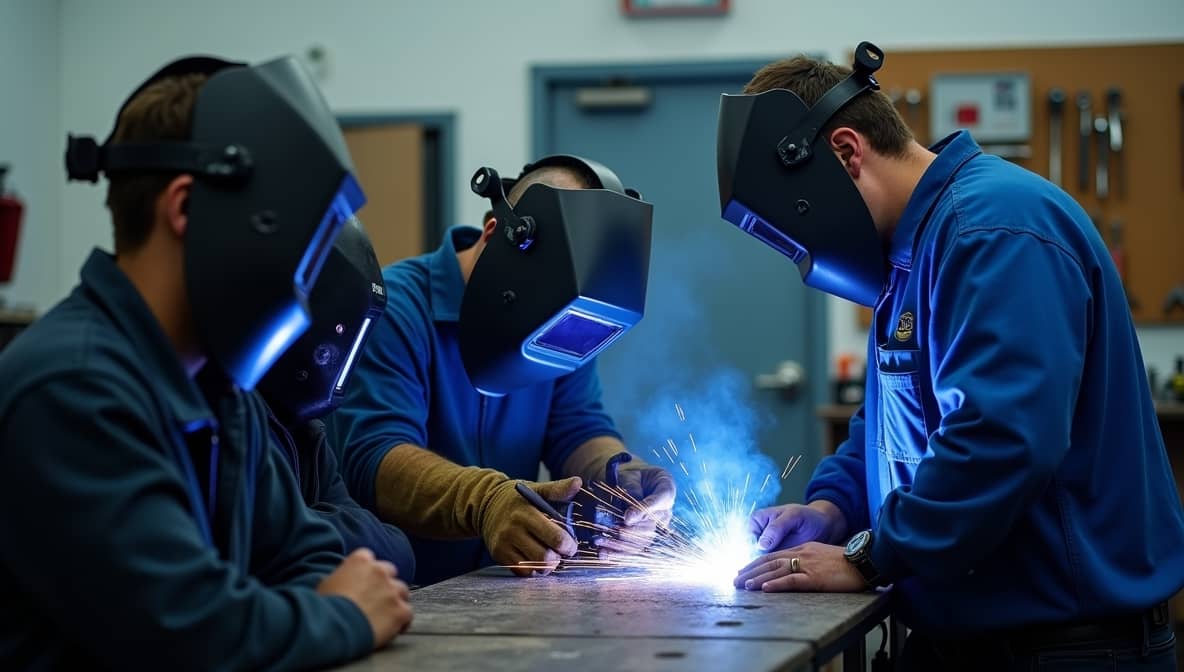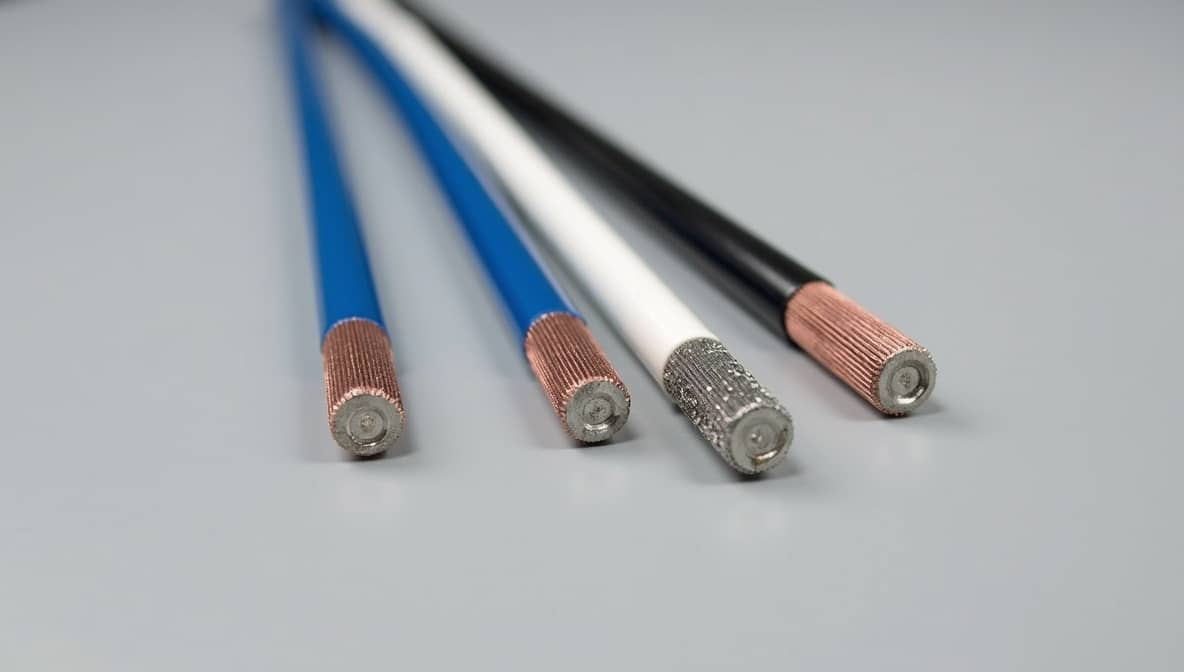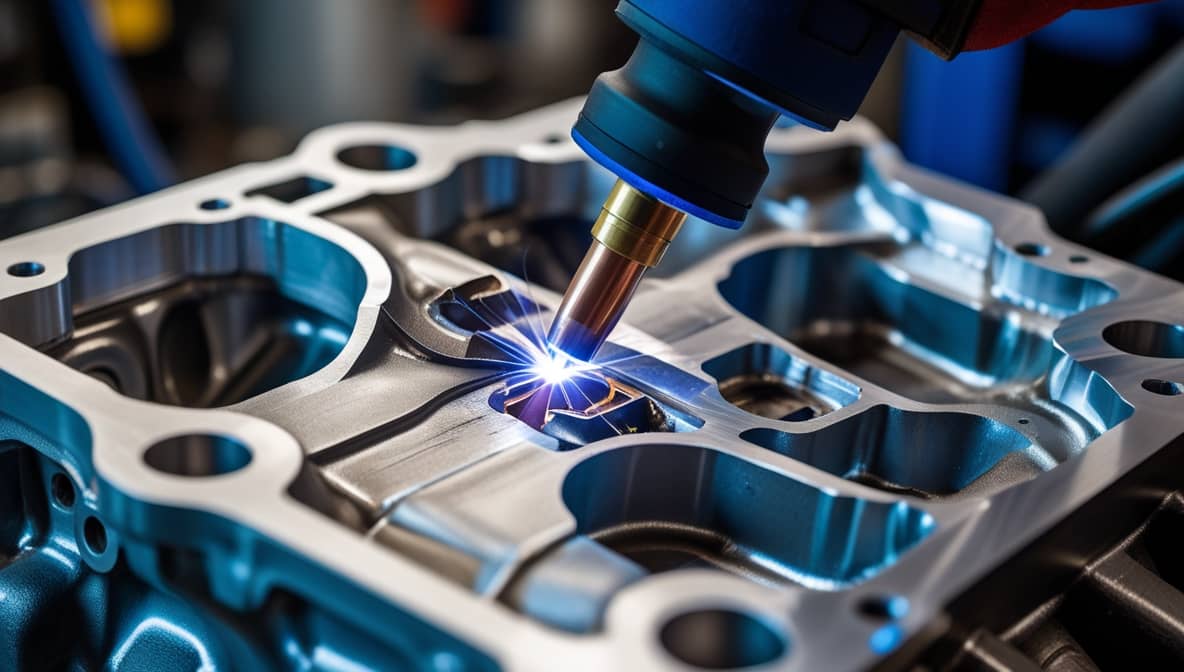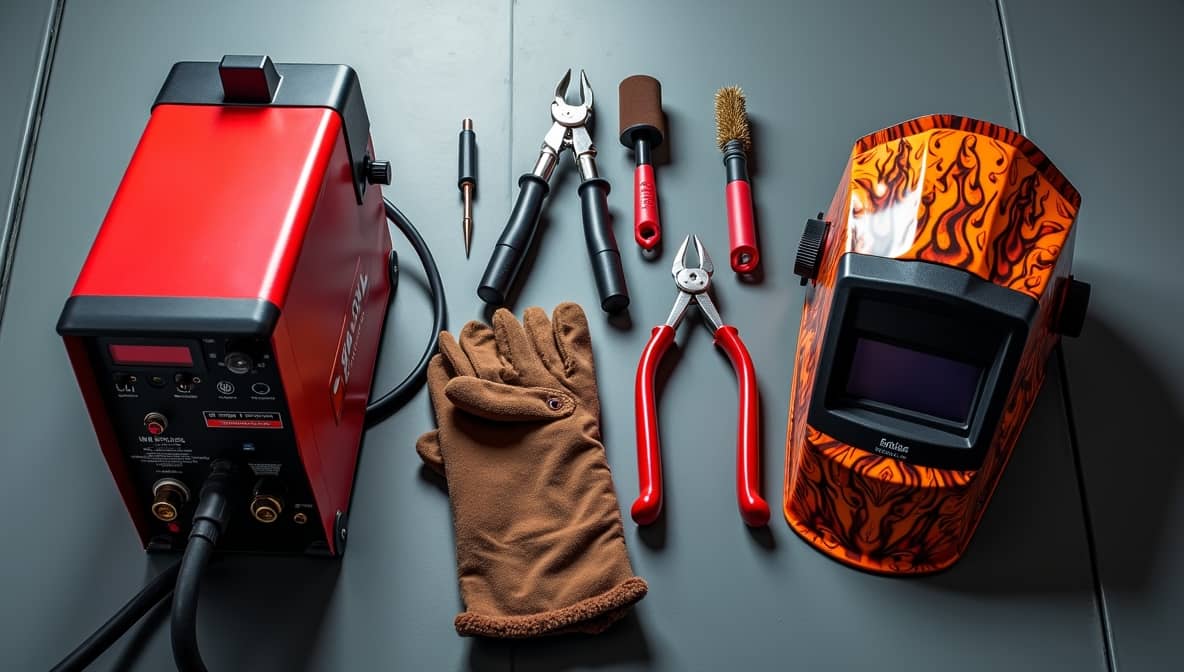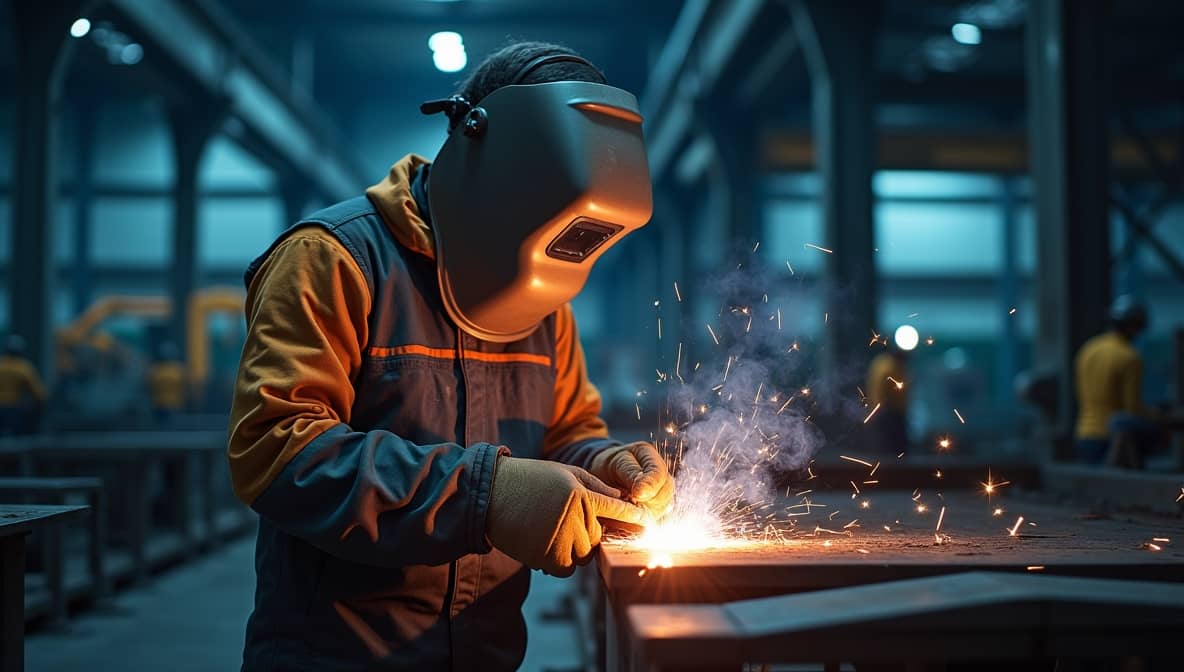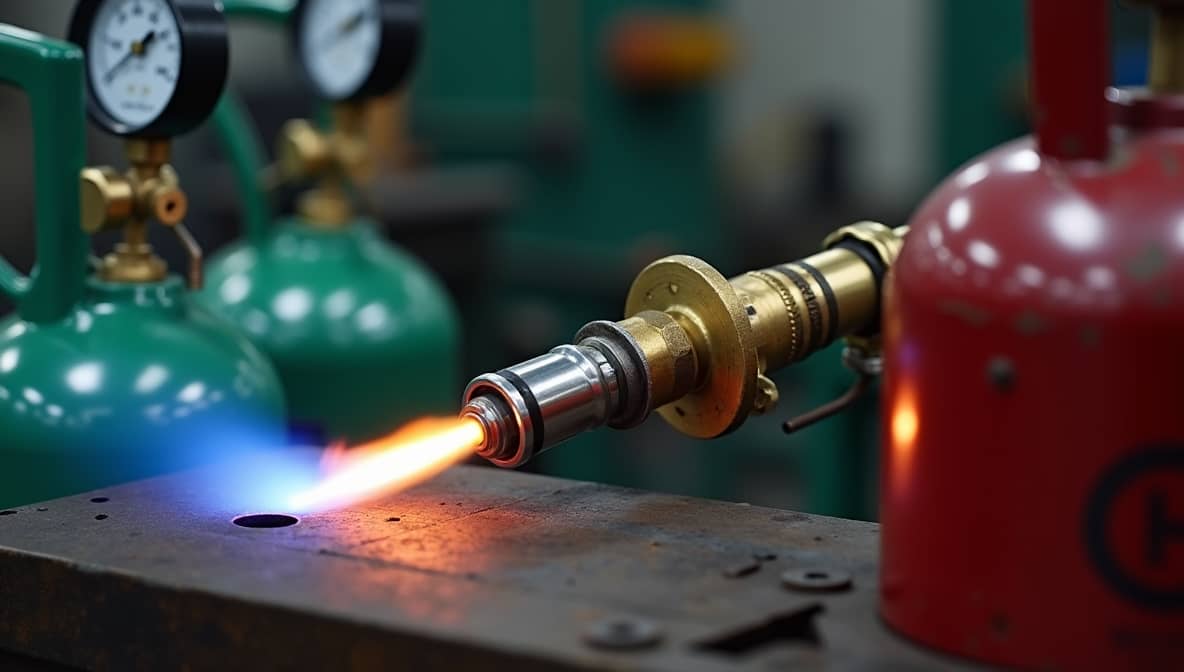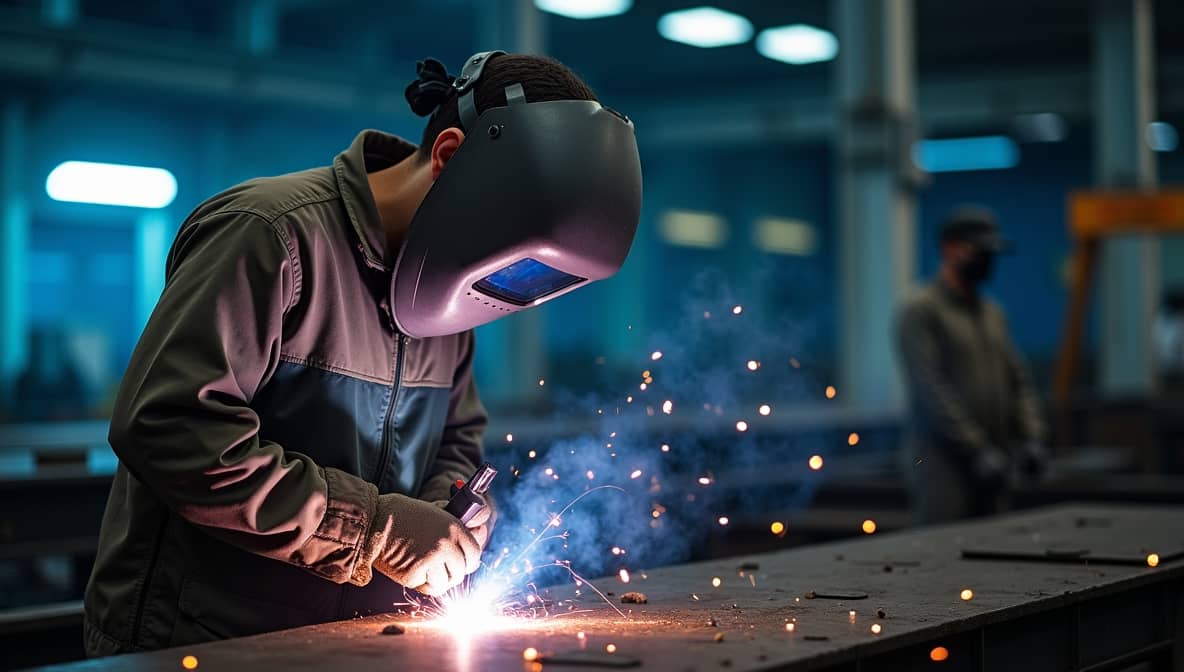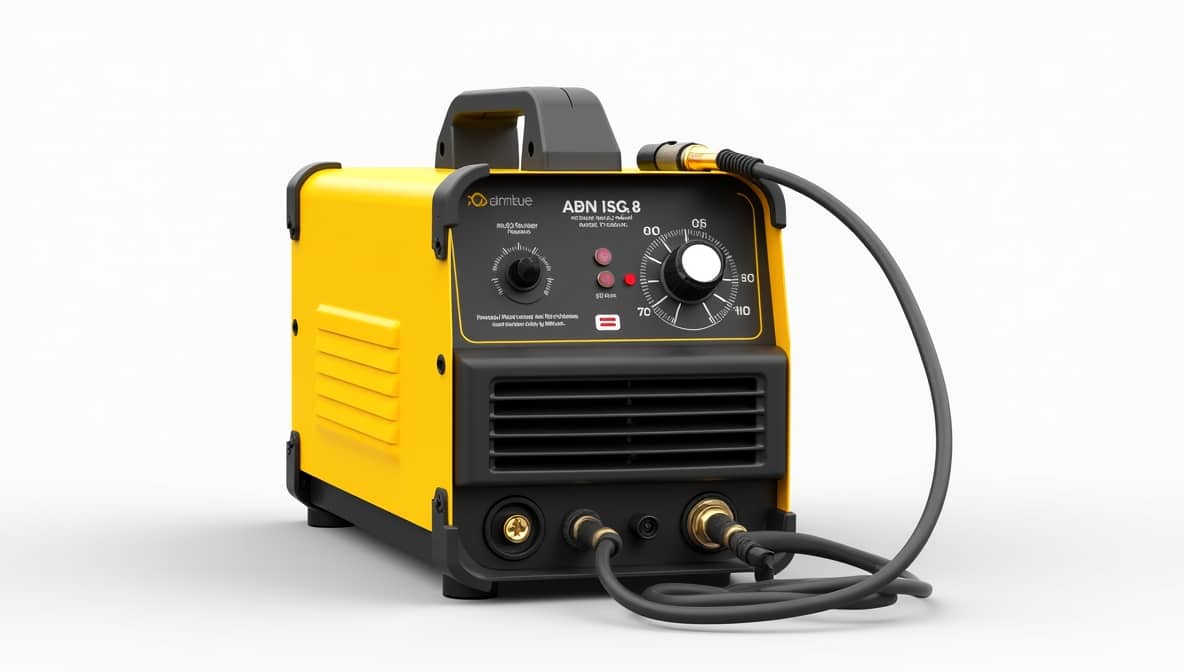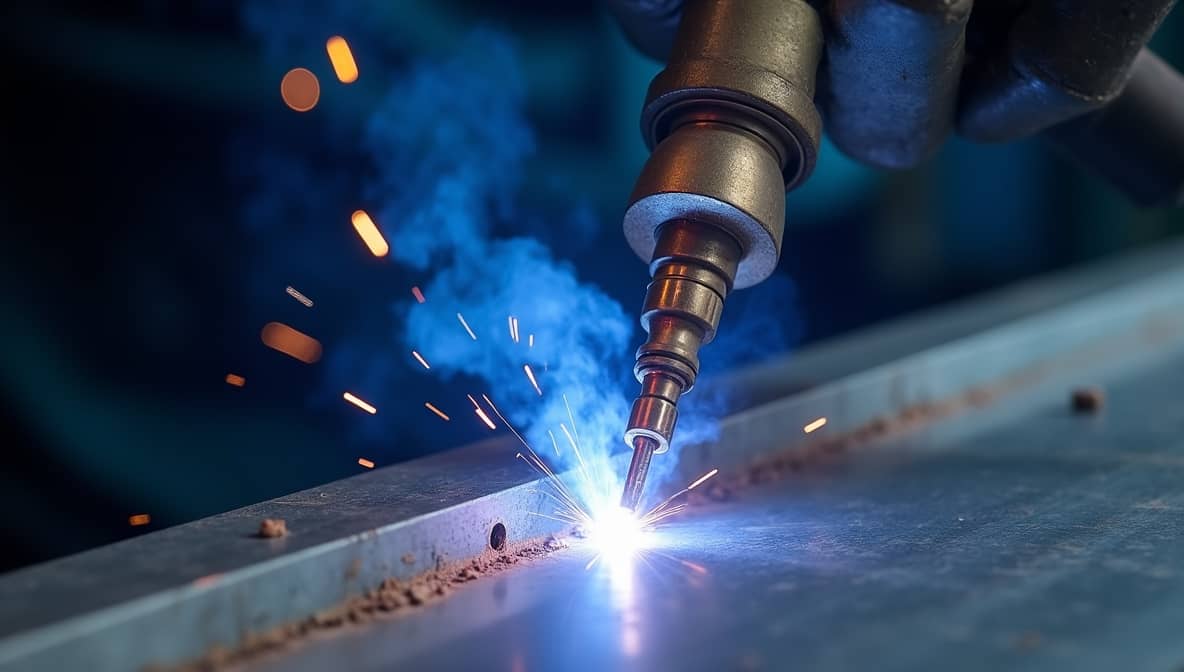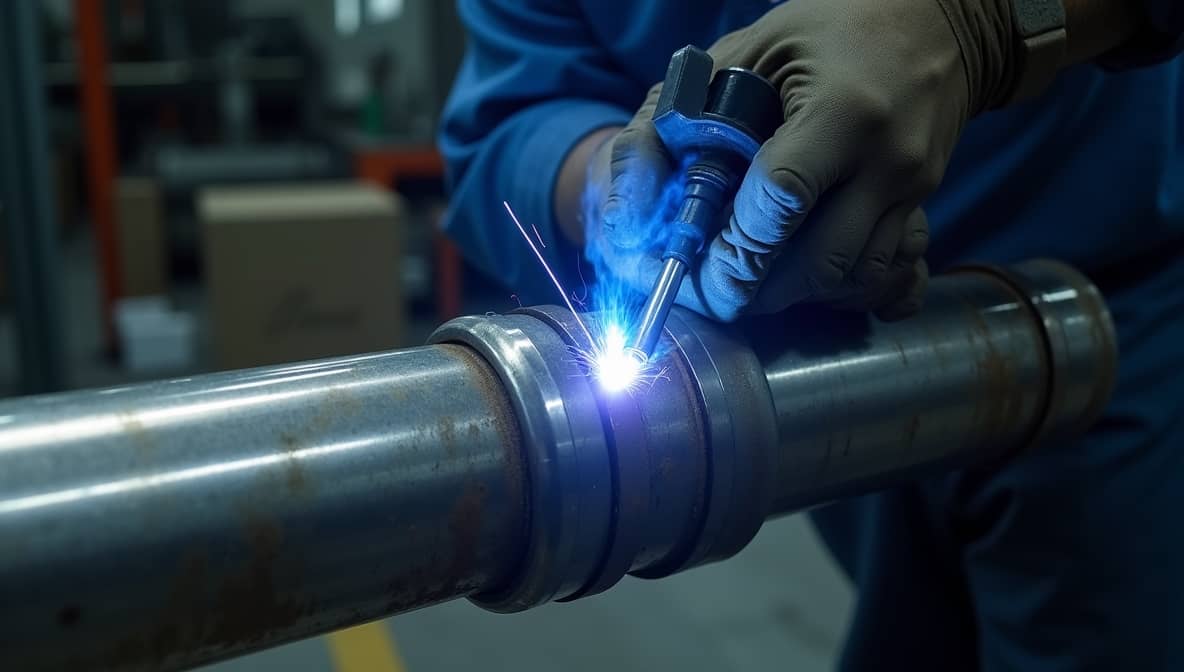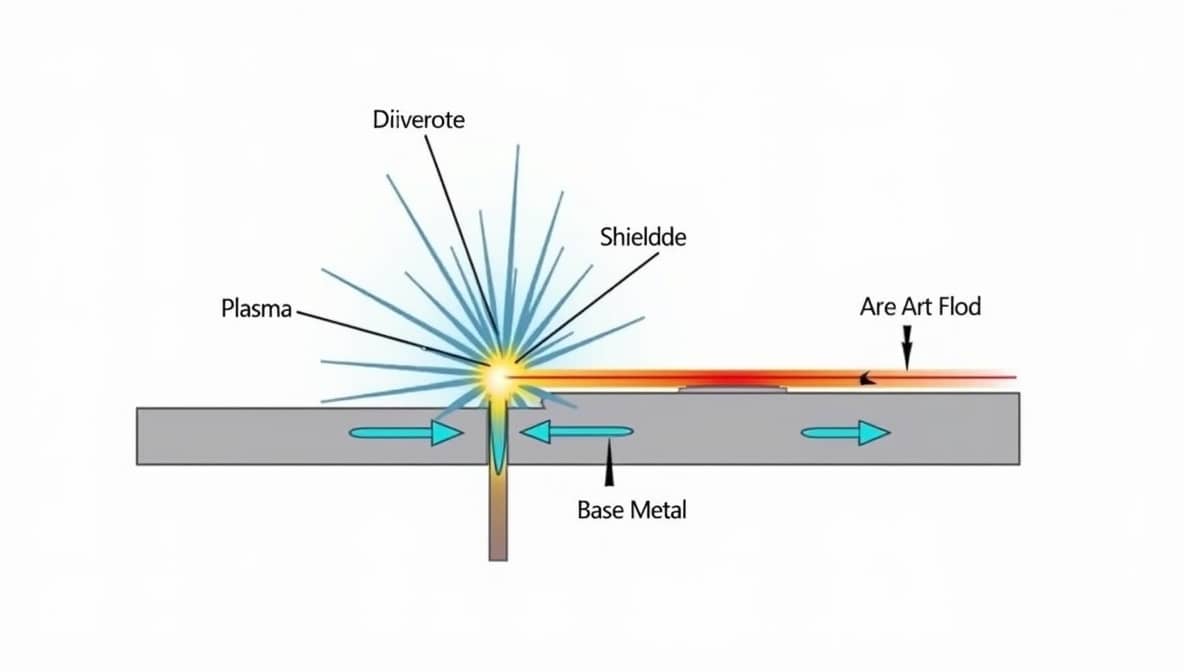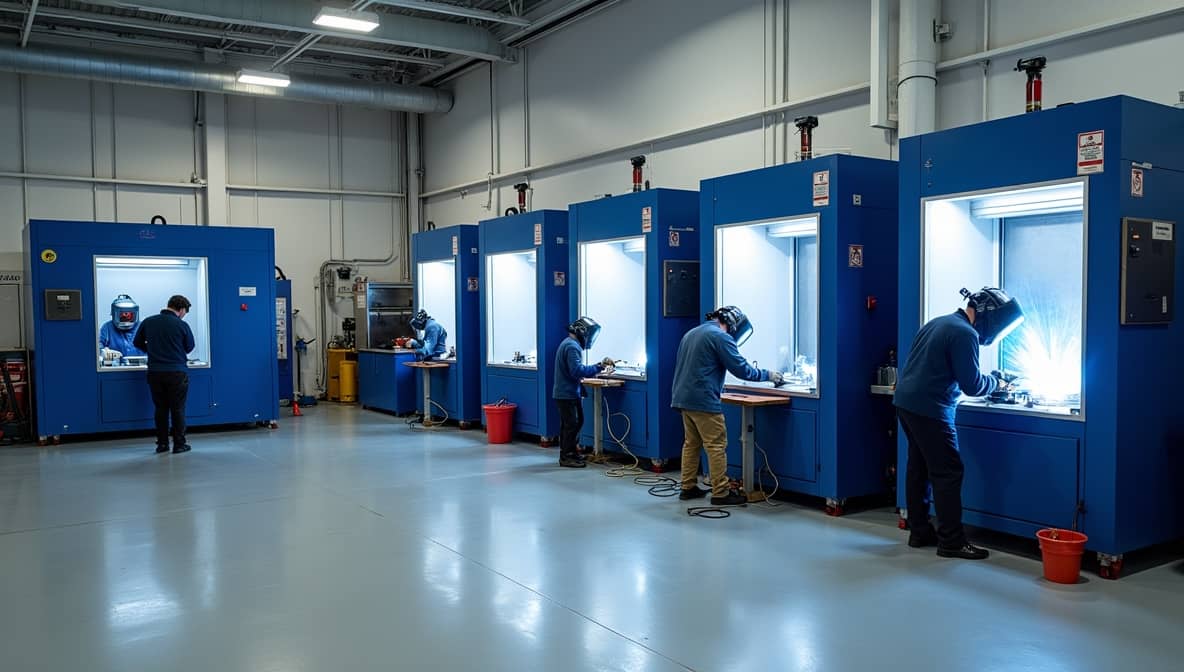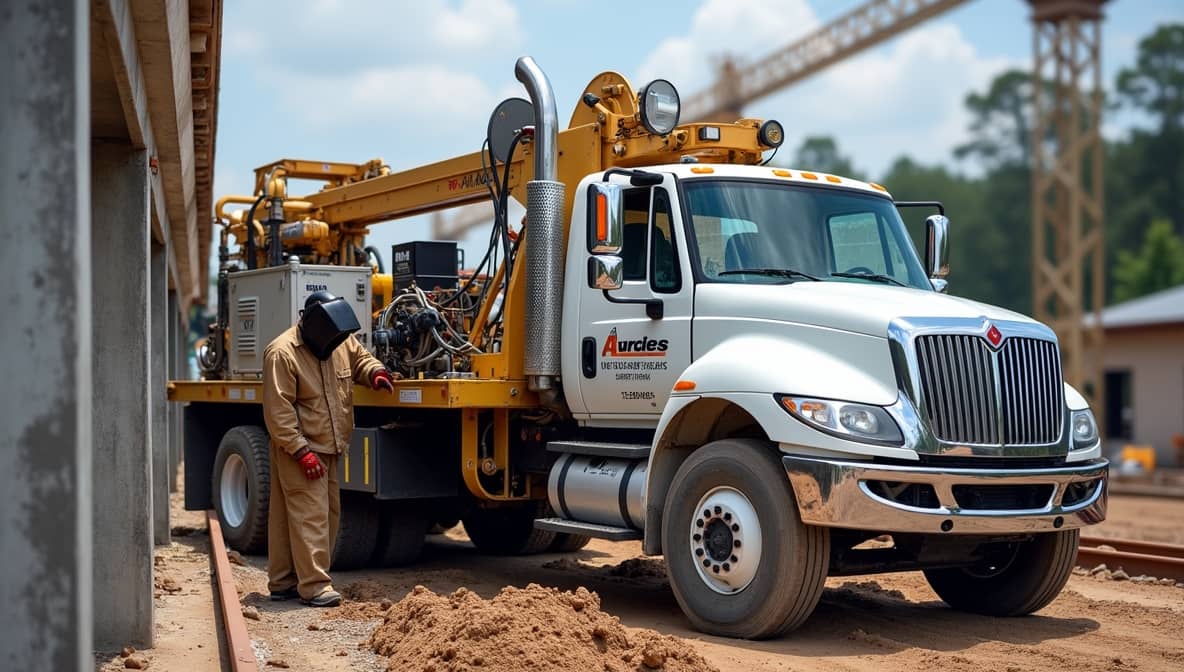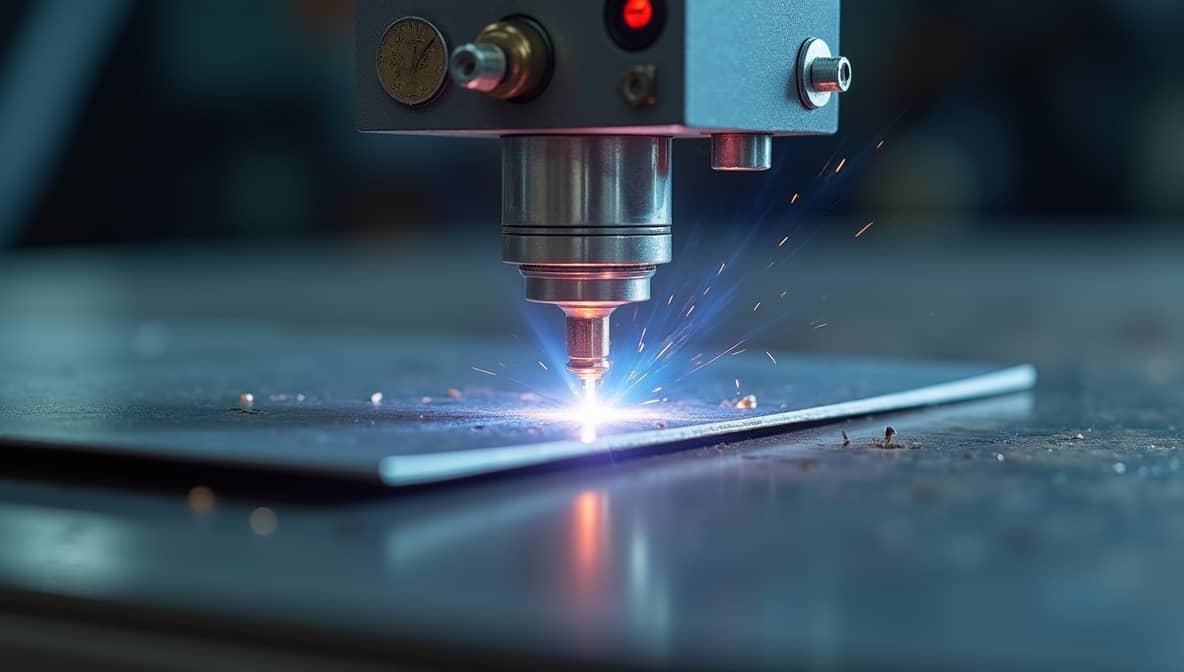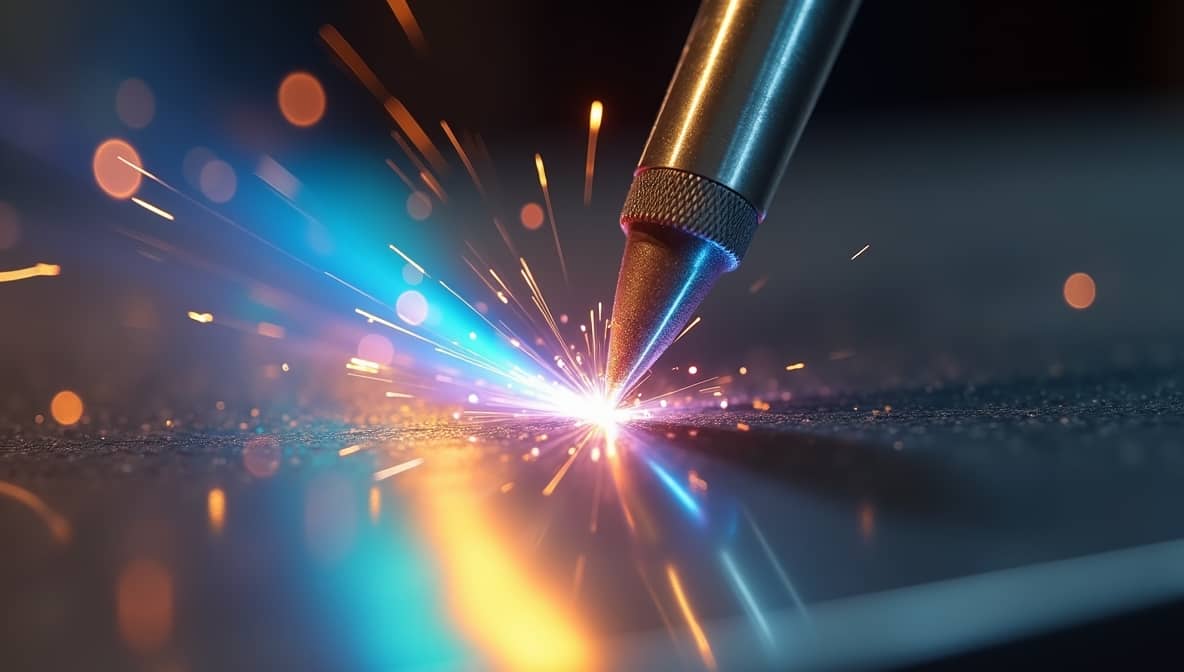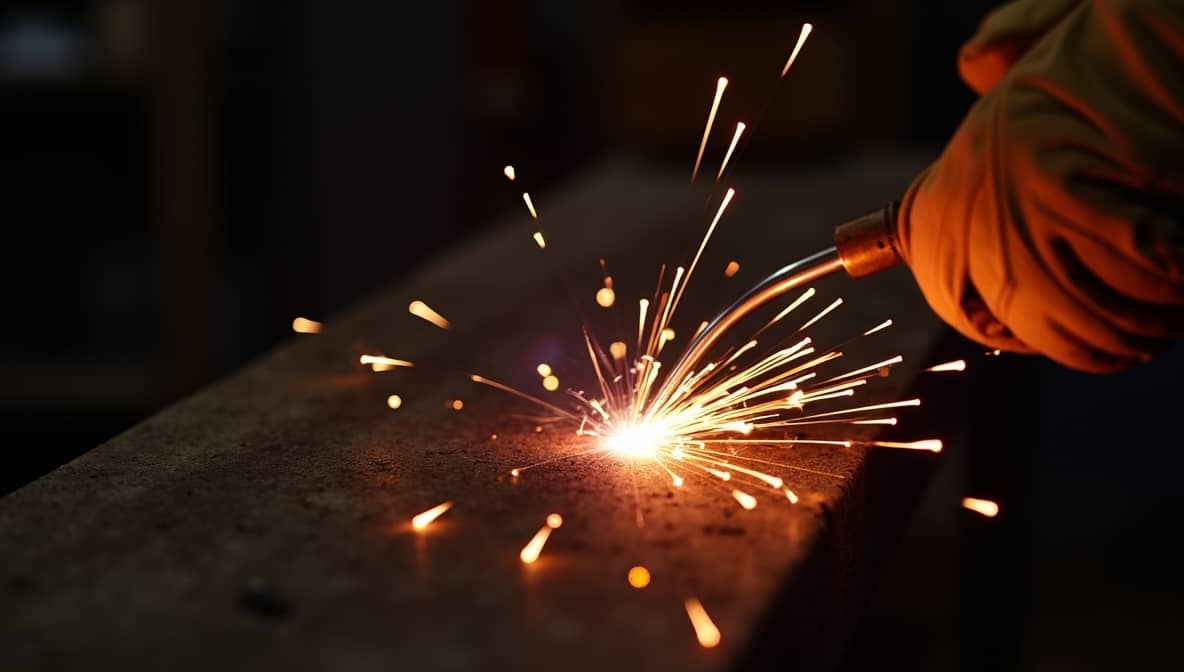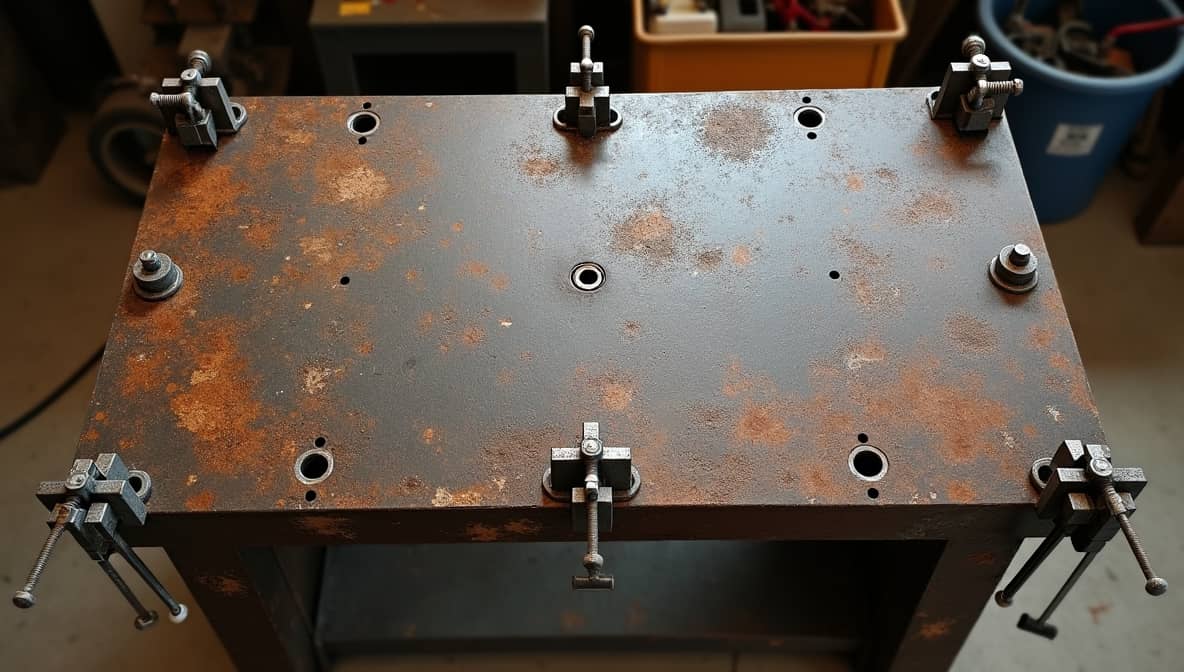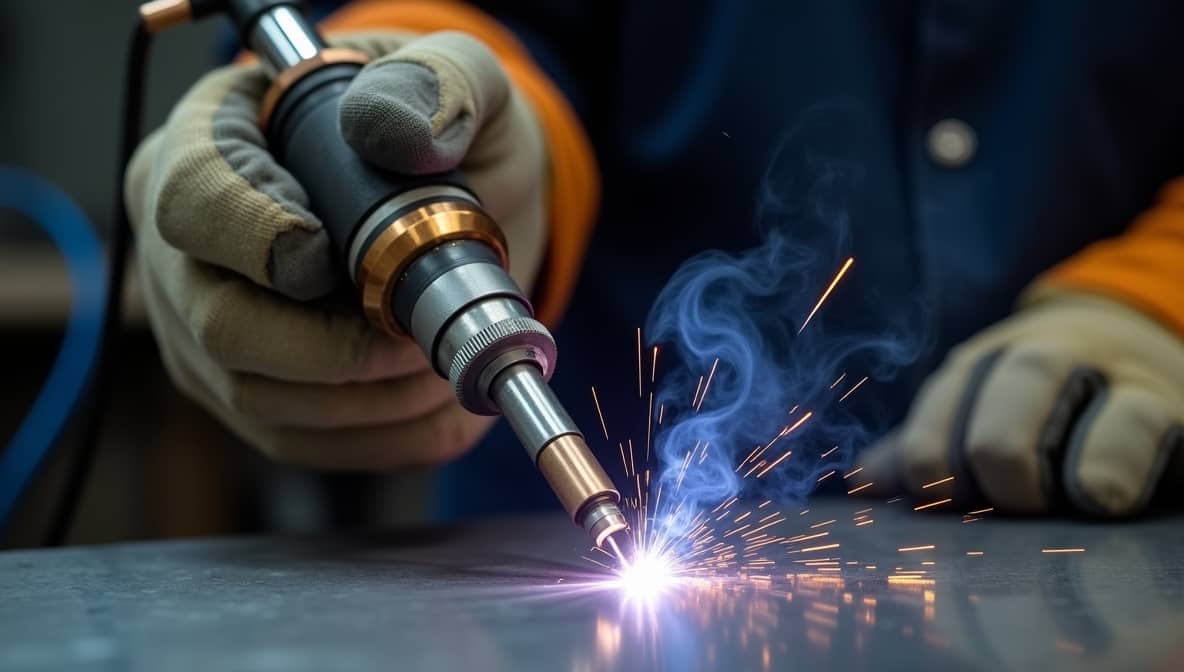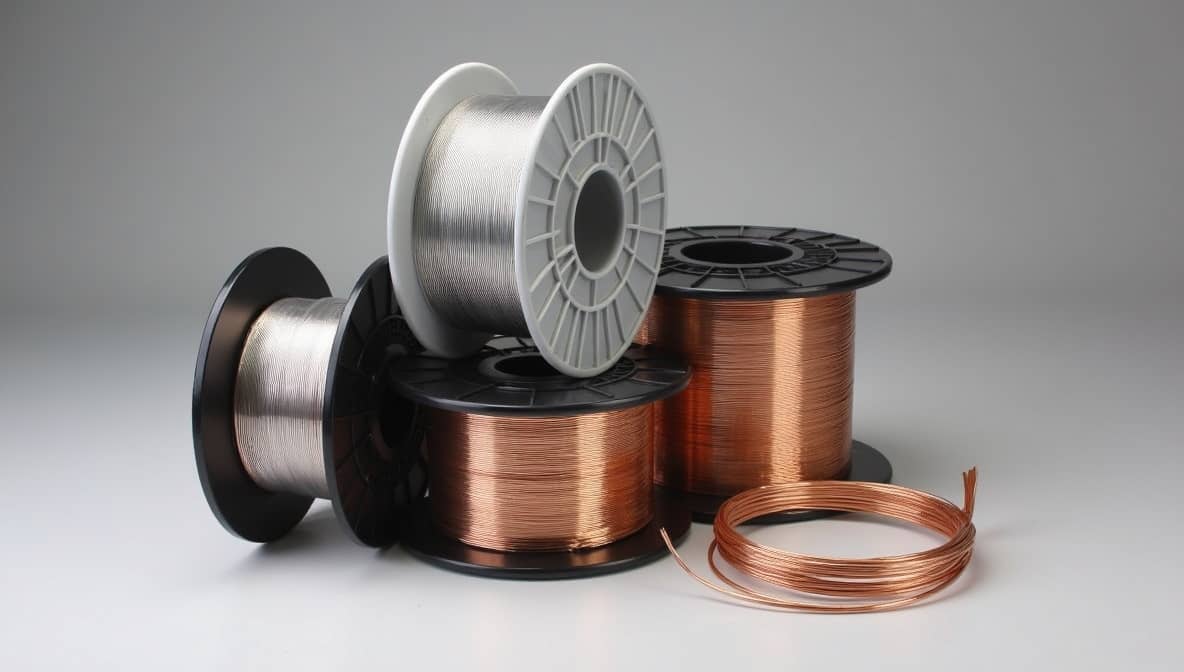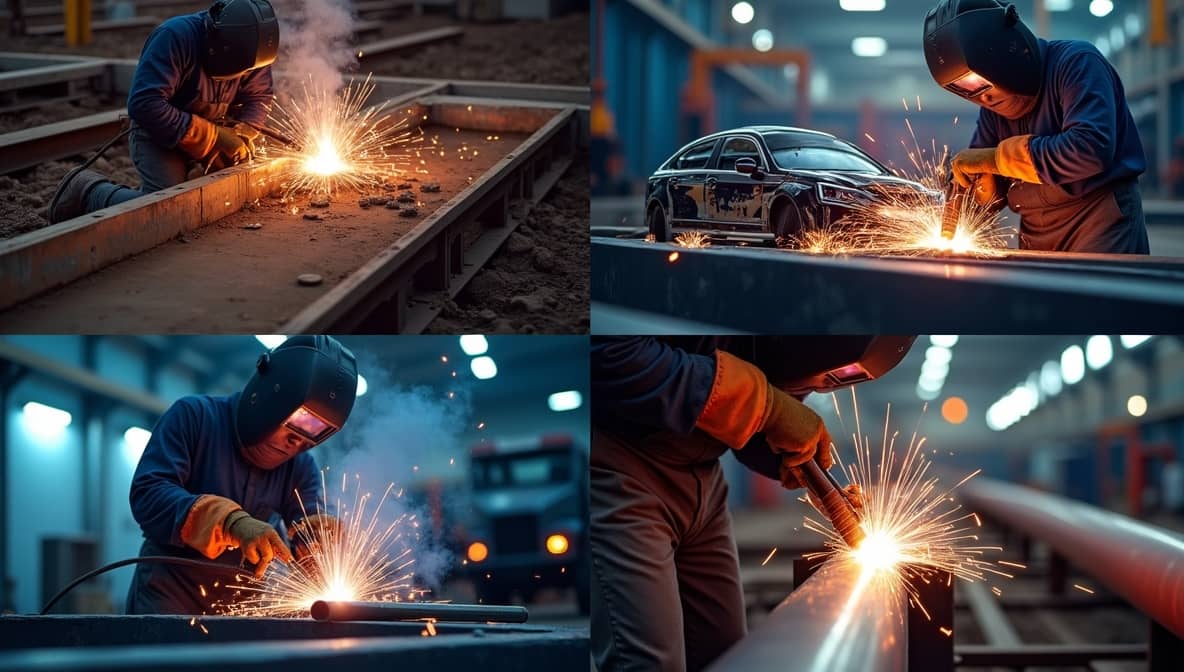Welding Wisdom for Professionals and Beginners Alike.
Start from herePrecision Welding Insights at Your Fingertips
Building Stronger Connections through Welding
Explore Welding
Discover comprehensive resources across all welding disciplines. From beginners looking to start their journey to professionals seeking advanced techniques, WeldingHubs has you covered.
Aluminum Welding
ExploreARC Welding
ExploreWelding Certificate
ExploreWelding Classes
ExploreElectrode
ExploreEngine Welding
ExploreWelding Equipment
ExploreFlux
ExploreGas Welding
ExploreHelmet
ExploreWelding Job
ExploreWelding Machine
ExploreMIG Welding
ExplorePipe Welding
ExploreWelding Process
ExploreSafety
ExploreWelding School
ExploreWelding Service
ExploreSpot Welding
ExploreStainless Welding
ExploreStick Welding
ExploreWelding Table
ExploreWelding Technology
ExploreTIG Welding
ExploreWelding Training
ExploreUnderwater Welding
ExploreWelding Wire
ExploreUses of Welding
ExploreLatest Articles
Prepping Aluminum for Welding: Essential Cleaning Techniques and Best Methods
To prep aluminum for welding, first remove oil, grease, and water vapor using acetone or a mild alkaline solution. Next, use a stainless steel wire brush to clean off surface…
Low Heat Aluminum Welding: Easy Repairs with Aluminum Welding Rods and Flux Core
Low heat aluminum welding involves using welding rods that melt between 400 and 650 degrees Fahrenheit. These rods are compatible with aluminum materials. It’s important to select a rod that…
MIG or TIG for Welding Aluminum: A Comprehensive Comparison of Techniques and Applications
MIG welding is faster and simpler, making it suitable for thicker aluminum. TIG welding provides better control and results in cleaner, precise welds, ideal for thin aluminum. MIG uses direct…
Mastering MIG Welding Aluminum Vertical: Tips for Uphill Techniques and Common Mistakes
MIG welding aluminum vertically needs focus on metal thickness and high amperage, preferably above 210 amps. Use a push technique with the gun at a 15-degree angle. Control cooling time…
Should You Wear a Respirator When Welding Aluminum? Safety Tips and Health Risks
When welding aluminum, you usually do not need a respirator if local exhaust and ambient ventilation are good. Health agencies suggest using these safety measures first. Only wear a respirator…
Welding Aluminum: Side Effects, Health Risks, and Safety Hazards Explained
Welding aluminum creates white fumes with aluminum oxide and ozone. Aluminum oxide may irritate the respiratory system. Ozone is toxic. Without protection, welders risk respiratory diseases like aluminosis and nervous…
Small Aluminum Welding Projects: The Best DIY Ideas for Beginners to Practice
Small aluminum welding projects are great for beginners. You can try making a tool box or a metal pencil holder. DIY welding kits are available for easy use. Lightweight aluminum…
Silicon Bronze Welding Aluminum: Effective Techniques and Tips for Success
Welding aluminum with silicon bronze is difficult because they have different melting points. Aluminum melts at about 1200°F, while silicon bronze melts at around 1800°F. This large temperature gap complicates…
TIG Welding Aluminum: Essential Gas Settings and Tips for Perfect Welds
To weld aluminum with TIG, use 1 amp for every 0.001 inches of thickness. Set the gas flow to 15-30 scfh. Use an AC frequency of 120 Hz and a…

